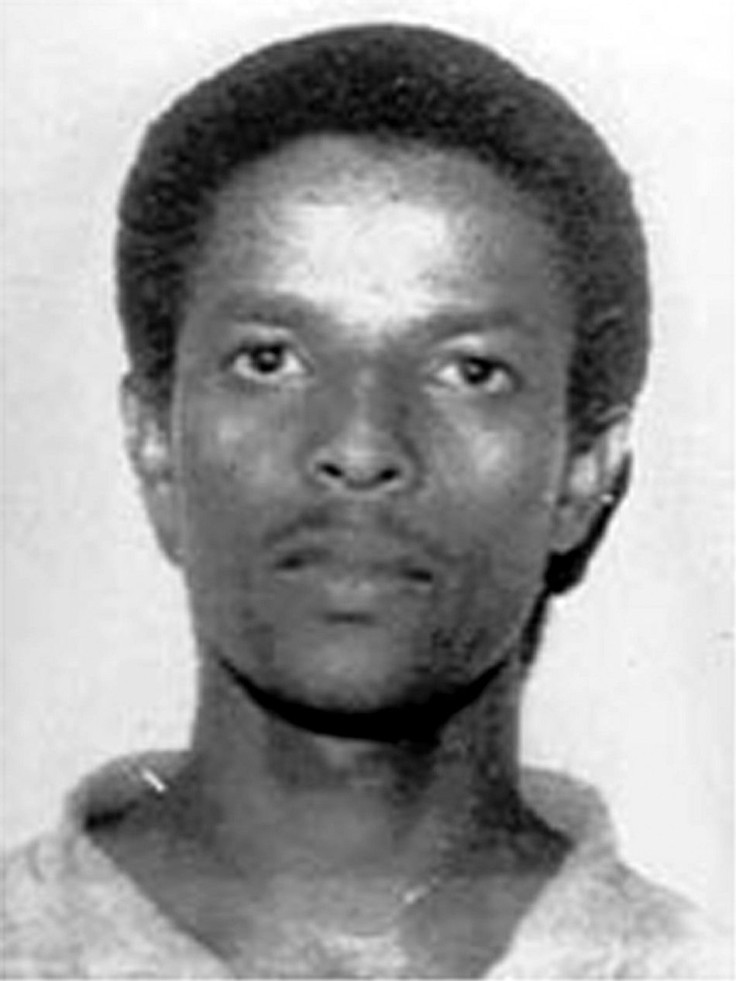Senior al-Qaeda leader behind 1998 U.S. embassy bombings shot dead

Fazul Abdullah Mohammed, Africa's most wanted al Qaeda operative and the mastermind behind the 1998 U.S. embassy bombings in Nairobi and Dar es Salaam which killed 240 people, was killed during a shootout in Somalia.
Believed to be the leader of al-Qaeda in East Africa, Fazul Abdullah Mohammed was shot at a checkpoint in Mogadishu after an exchange of fire at midnight Tuesday, Reuters reported.
Mohammad, also known as Harun, was an accomplished linguist and computer expert with at least 18 aliases. According to Washington, several al Qaeda members involved in the embassy bombings sought sanctuary in Somalia's south, its most violent region.
A reward of $5 million was offered by the United States for information leading to the capture of Mohammad, who could speak five languages and was said to be a master of disguise.
Harun Fazul's death is a significant blow to al Qaeda, its extremist allies, and its operations in East Africa, Secretary of State Hillary Clinton told reporters.
It is a just end for a terrorist who brought so much death and pain to so many innocents in Nairobi and Dar es Salaam and elsewhere -- Tanzanians, Kenyans, Somalis and our own embassy personnel, she said on a visit to Dar es Salaam, Tanzania.
Mohammad, believed to be in his mid 30s, was also accused of attacking Israeli targets on the Kenyan coast in November 2002, killing 15 people.
© Copyright IBTimes 2024. All rights reserved.












